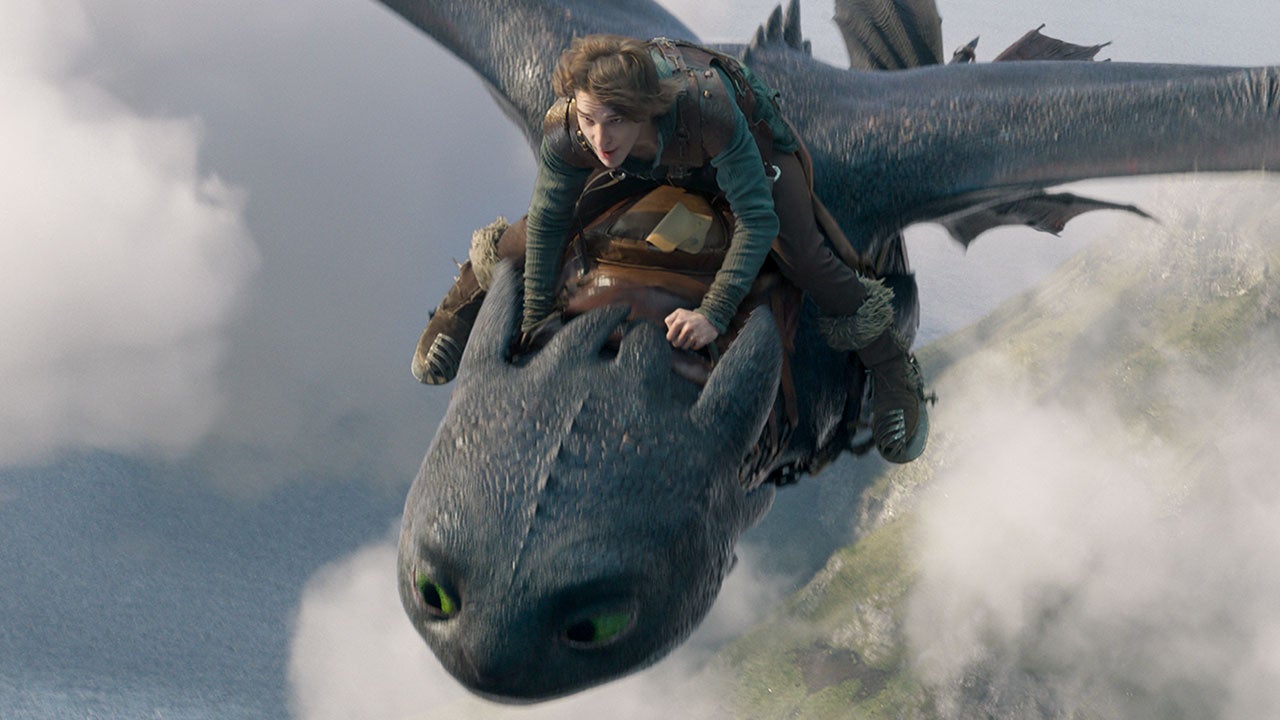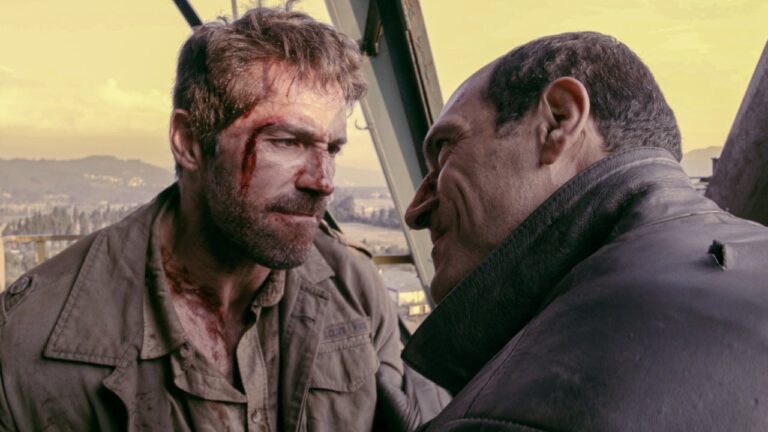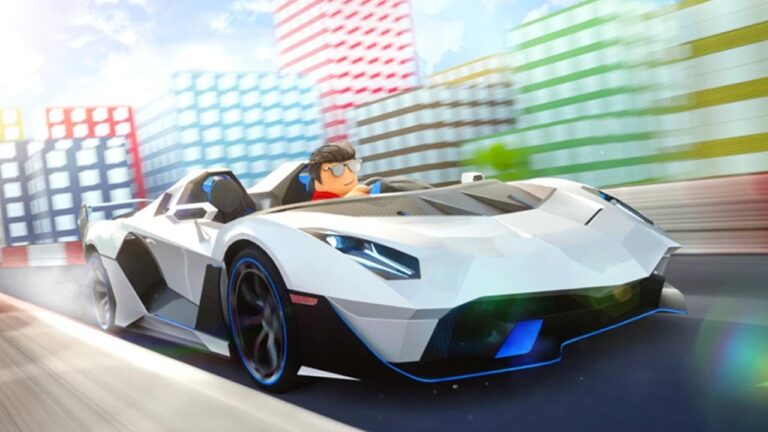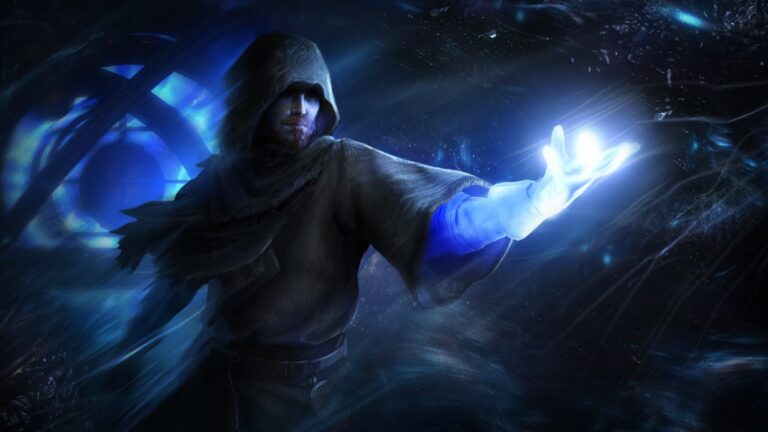The Rise and Fall (and Rise Again) of Live-Action Animated Movie Remakes
Back in March 2025, many industry insiders declared the era of beloved animated movies being remade into live-action films was coming to an end. This skepticism was fueled by Disney’s Snow White remake, which underperformed at the box office shortly after its release. Following this, Disney announced that their live-action adaptation of Tangled was put on hold, leading many to believe that studios might be retreating from this trend altogether. Was this the final nail in the coffin for live-action remakes? Not quite.
A Surprising Turn of Events
Despite the early doubts, the genre experienced a resurgence when the live-action Lilo & Stitch adaptation became an unexpected blockbuster hit. Its success proved that audiences still have a strong appetite for these familiar stories, even when the initial reception of other remakes wasn’t as positive.
Universal Joins the Trend with a Bold Move
This weekend, Universal Pictures is releasing their first live-action remake from their own library—a film adaptation of How to Train Your Dragon. Early tracking suggests it’s likely to perform well at the box office, indicating that studios remain confident in this approach. Meanwhile, Disney has announced a live-action Moana set to debut next year. Given the animated Moana 2, which recently grossed over a billion dollars, the new version is expected to be a major success as well.
Why Studios Continue Remaking Classics
It’s clear that the trend isn’t going away anytime soon. While Disney might become more selective—focusing on remaking films from the 1990s or later, which resonate more with contemporary audiences—there’s still a strong financial incentive to continue this practice. Studios recognize that these stories are proven winners, and remakes often introduce these classics to new generations of viewers. Expect to see more remakes of hits like Frozen, Encanto, and Tangled in the future, especially as the market remains lucrative.
The Complex Reality Behind Remakes
Of course, the success of a remake doesn’t always correlate with quality. The motivation behind these projects is often driven by commercial interests rather than artistic expression. The practice can sometimes result in less-than-stellar films, like Disney’s Pinocchio or the photorealistic The Lion King, which, despite being box office hits, lack the emotional depth of their originals. Critics argue that these projects are more about capitalizing on nostalgia than creating meaningful art.
Myth vs. Reality: Do Remakes Replace Originals?
There’s a common misconception that remakes aim to replace the original classics. However, the reality is quite different. When Disney’s Beauty and the Beast grossed over a billion dollars, the merchandise still predominantly featured the animated characters, not the live-action versions. The original films remain the core for most fans, and studios understand this—remakes are often in service of marketing and extending the franchise’s lifespan rather than erasing the original.
When Remakes Surpass the Originals
Interestingly, some remakes have been embraced as improvements over their predecessors. Disney’s The Jungle Book (2016) and Pete’s Dragon (also 2016) are examples where the live-action versions received praise for their artistic achievements and storytelling. Yet, at Disney theme parks, the classic cartoon versions still dominate the branding—highlighting the enduring legacy of the original material.
Personal Perspectives on Remakes
In my opinion, reactions to these remakes vary. For example, while Snow White was a disappointing release, I believe the new Lilo & Stitch offers a fresh yet faithful take on a beloved story. I appreciate improvements like Nani’s expanded role, even though I still prefer the original. Ultimately, viewers shouldn’t feel forced to choose—these films can coexist, each appealing to different tastes and expectations.
The Power of Storytelling and Nostalgia
Regarding How to Train Your Dragon, the latest adaptation successfully captures the core emotional essence of the original. Despite similarities, the remake introduces new elements that resonate with both longtime fans and newcomers. Interestingly, Universal’s theme park expansion, featuring attractions based on the animated film, underscores that the original story remains timeless and continues to inspire new generations.
The Impact of Remakes on Original Films
Whether a remake is a hit or a miss, it often serves as a reminder of the original’s enduring appeal. When a new version is well-received, it can rekindle interest in the classic film. Conversely, if a remake falls flat, it can reinforce why the original remains beloved. Either way, studios keep these stories alive because they know audiences are always eager to revisit familiar worlds—whether through remakes or the original classics.
Ultimately, the ongoing cycle of remaking animated classics into live-action films reflects Hollywood’s desire to capitalize on nostalgia while introducing these stories to new audiences. As long as there’s a market— and as long as these stories continue to evoke genuine emotion—this trend isn’t going anywhere anytime soon.













